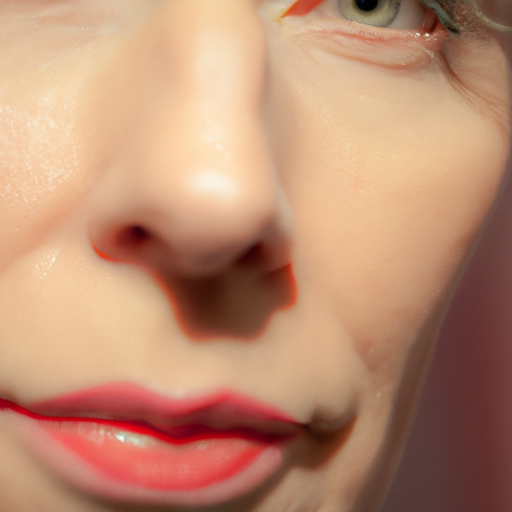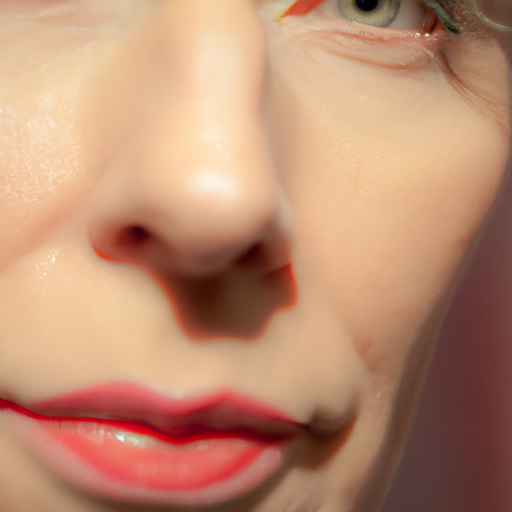As a dermatologist, I often find myself explaining the importance of exfoliation to my patients. Exfoliation is an essential part of skincare routine that can help unveil your skin’s natural radiance. It involves the removal of dead skin cells from the surface of your skin, which can leave your complexion looking dull and lifeless. By regularly exfoliating, you can reveal the fresh, healthy skin underneath, giving you a more youthful and vibrant appearance.
There are two main types of exfoliants: physical and chemical. Physical exfoliants use small particles or tools to physically scrub away dead skin cells. This category includes products like facial scrubs, body scrubs, and exfoliating brushes. Chemical exfoliants, on the other hand, use ingredients like alpha and beta hydroxy acids to dissolve the bonds between dead skin cells, allowing them to be easily washed away.
When choosing an exfoliant, it’s important to consider your skin type and sensitivity level. For those with sensitive skin, a gentle chemical exfoliant may be a better choice, as physical exfoliants can sometimes be too harsh. On the other hand, those with oily or acne-prone skin may benefit from a stronger physical exfoliant to help unclog pores.
Regardless of the type of exfoliant you choose, it’s important to use it correctly to avoid damaging your skin. Always follow the instructions on the product packaging and never exfoliate more than twice a week. Over-exfoliation can strip your skin of its natural oils, leading to dryness and irritation.
For face exfoliation, start by cleansing your face with a gentle cleanser. Then, apply your chosen exfoliant and massage it into your skin using circular motions. Be careful to avoid the delicate skin around your eyes. Rinse thoroughly with warm water and pat dry. Follow up with a hydrating moisturizer to replenish any moisture lost during the exfoliation process.
For body exfoliation, the process is similar. Start by wetting your skin in the shower, then apply your chosen body scrub and massage it into your skin using circular motions. Rinice thoroughly and follow up with a hydrating body lotion.
Exfoliation can help improve the effectiveness of other skincare products by allowing them to penetrate deeper into the skin. It can also help even out skin tone, reduce the appearance of pores, and combat signs of aging. However, it’s important to remember that exfoliation is not a cure-all for skin issues. If you’re dealing with persistent acne, hyperpigmentation, or other skin concerns, it’s best to consult with a dermatologist for a personalized treatment plan.
In conclusion, exfoliation is a powerful tool in your skincare arsenal that can help unveil your skin’s natural radiance. By understanding the different types of exfoliants and how to use them correctly, you can help keep your skin looking fresh, healthy, and vibrant. As always, if you have any questions or concerns about exfoliation or skincare in general, don’t hesitate to reach out to a dermatology professional.




